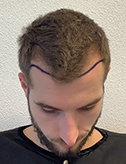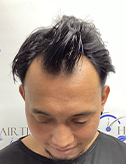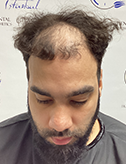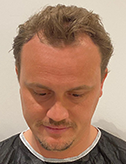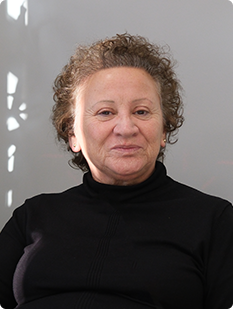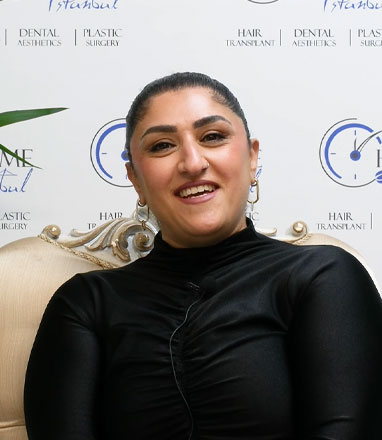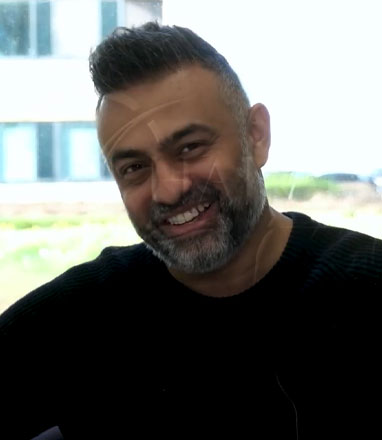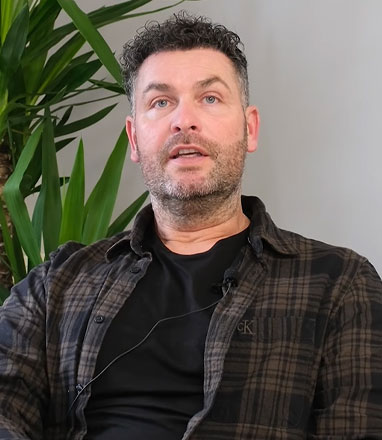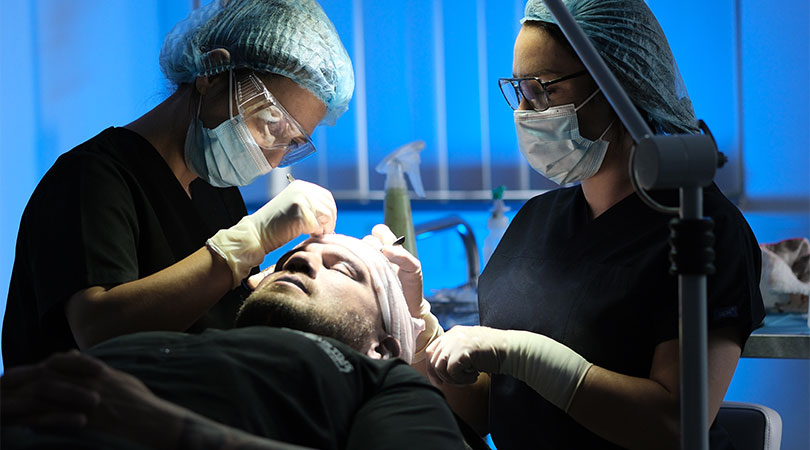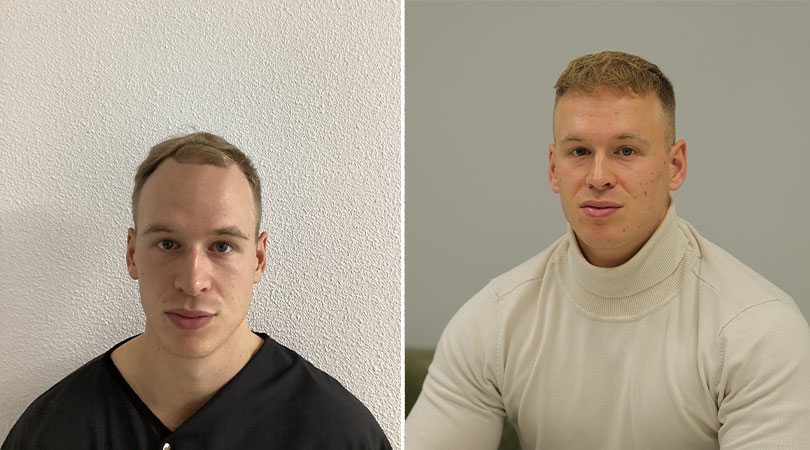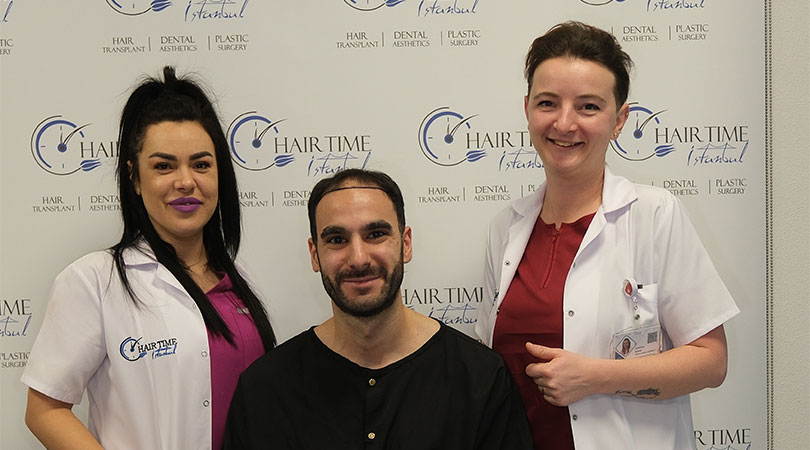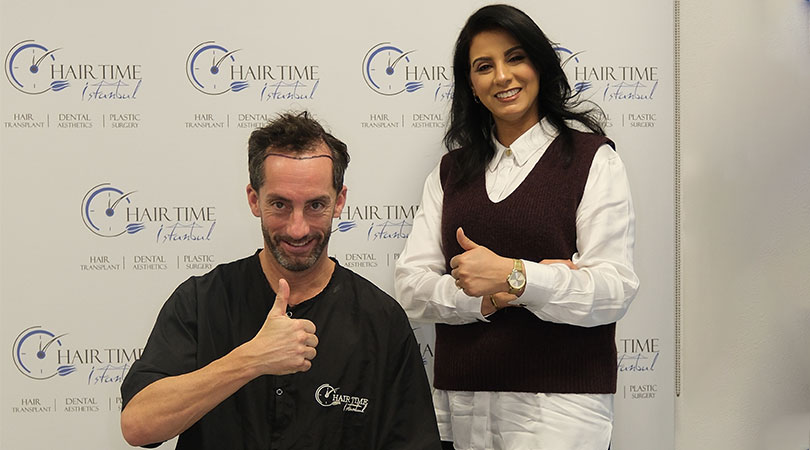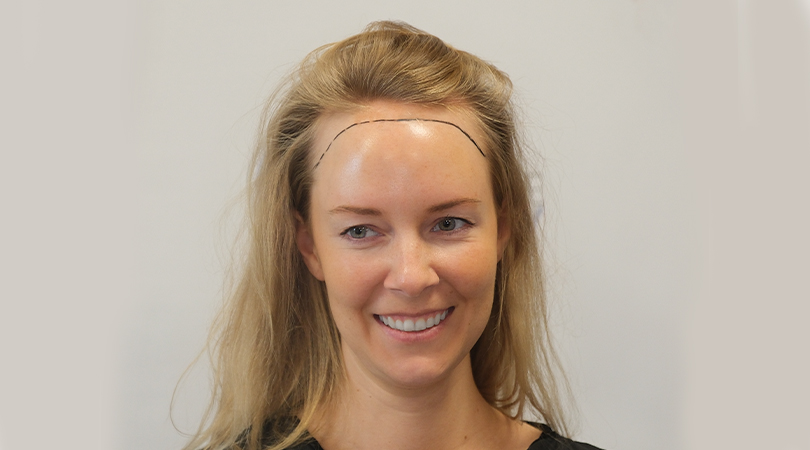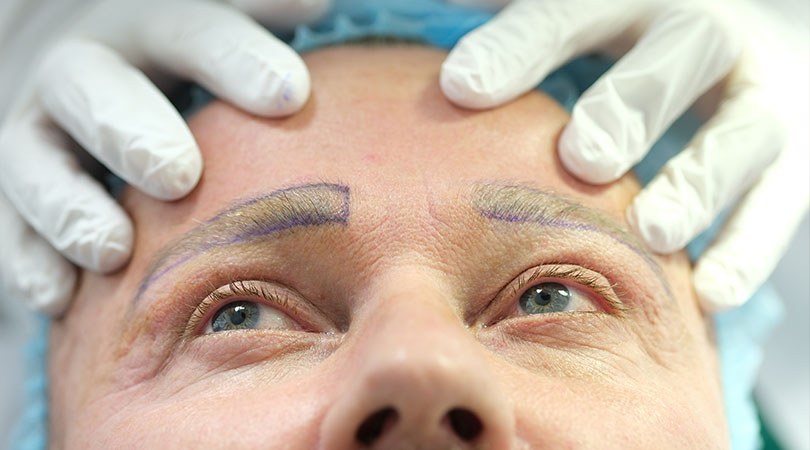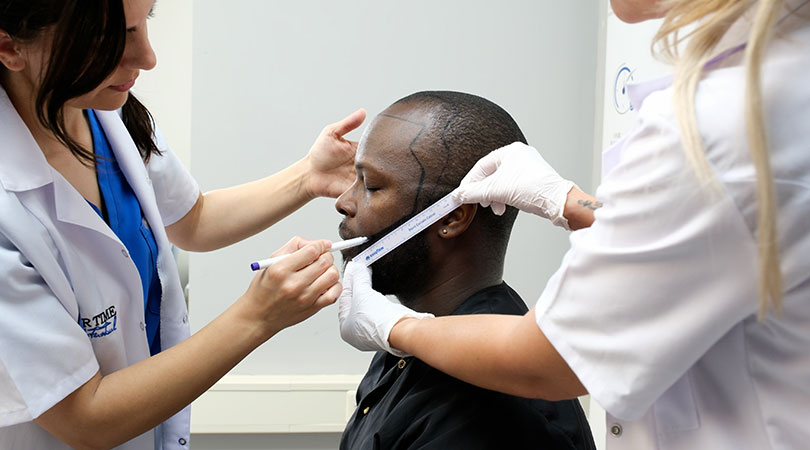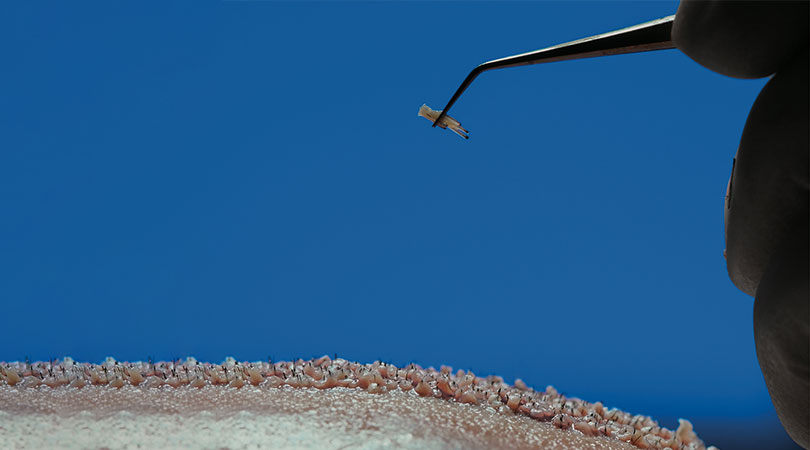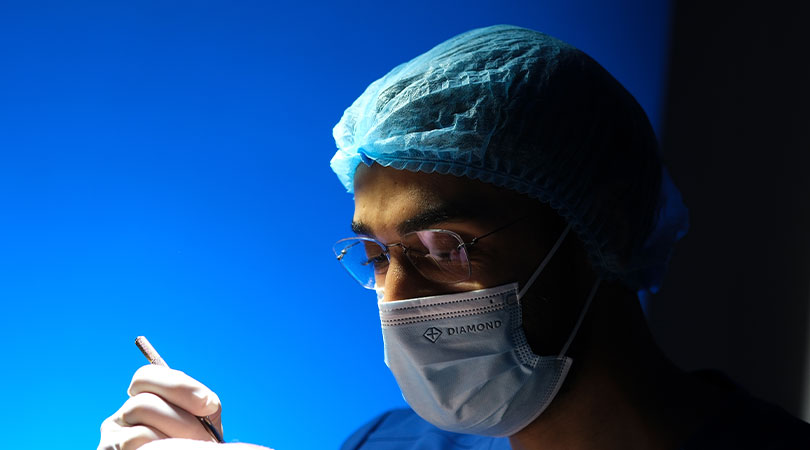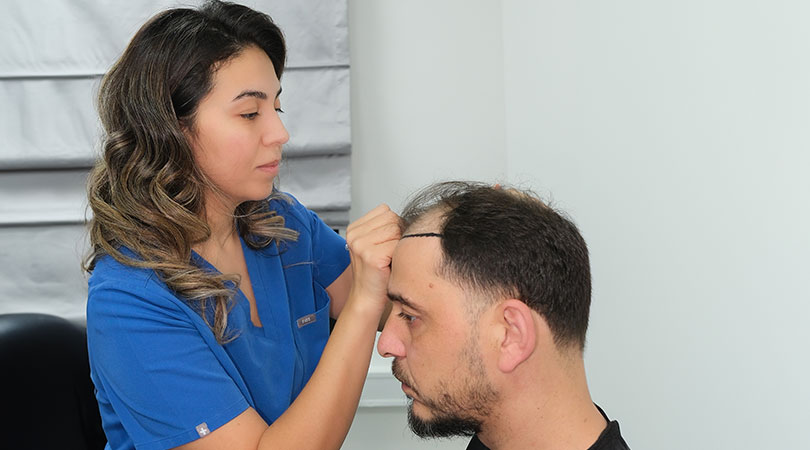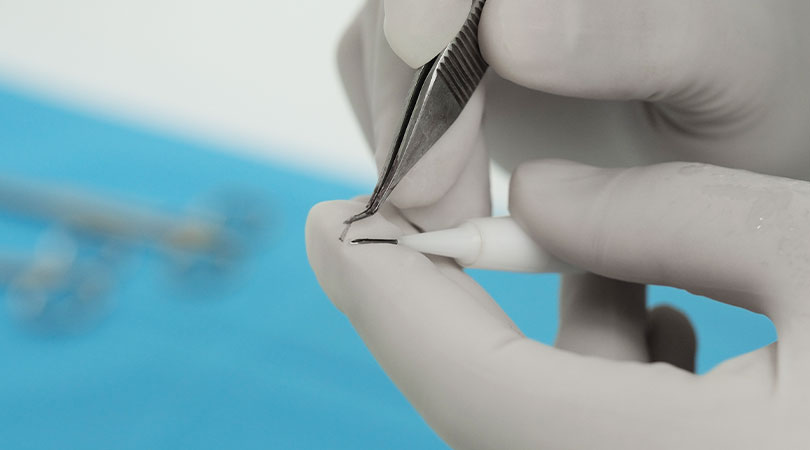
Hair loss can be a real confidence killer. But here’s the good news: there’s a cutting-edge solution that’s helping people reclaim not just their hair but also their self-esteem—DHI Hair Transplant. If you’re tired of watching your hair thin out and want a natural, permanent fix, keep reading. This guide dives deep into everything you need to know about DHI Hair Transplant, from how it works to why it’s the top choice for those serious about hair restoration.
Introduction: The Rise of DHI Hair Transplant
Hair loss affects millions worldwide, and it’s not just about vanity—it’s about feeling like yourself. Traditional methods of dealing with hair loss, like medications and topical treatments, often fall short of expectations, leaving people frustrated and still searching for solutions. Enter DHI Hair Transplant: an advanced, minimally invasive technique that’s changing the game in hair restoration.
DHI, or Direct Hair Implantation, is not just a trend—it’s a proven method that delivers permanent, natural results with minimal downtime. Unlike other hair transplant methods, DHI focuses on precision and care, ensuring each hair follicle is placed exactly where it needs to be to mimic natural hair growth. This isn’t just a medical procedure; it’s an art form.
What is DHI Hair Transplant?
Direct Hair Implantation (DHI) is a sophisticated hair transplant technique that involves extracting hair follicles from the donor area (usually the back of the head) and implanting them directly into the balding or thinning areas without creating incisions or holes in the recipient site beforehand. This process ensures that each follicle is handled delicately, preserving its integrity and maximizing its chances of survival.
The secret to DHI’s success lies in the patented DHI implanter pen—a tool that allows for precise control over the depth, angle, and direction of each implanted hair. This means that not only do the transplanted hairs look natural, but they also grow in harmony with your existing hair.
How Does DHI Hair Transplant Work?
DHI is a meticulous process that requires expertise, precision, and the right tools. Here’s a step-by-step breakdown of how it works:
Step-by-Step Procedure
1. Consultation and Planning: The journey starts with a thorough consultation where your surgeon assesses your hair loss, discusses your goals, and plans the best approach. This step includes analyzing your hair type, density, and the extent of hair loss to create a customized treatment plan.
2. Extraction: Using a specialized tool, individual hair follicles are carefully extracted from the donor area. This step is critical as it preserves the health of each follicle, ensuring optimal results.
3. Preparation of Follicles: Once extracted, the follicles are kept in a solution at a specific temperature to enhance their survival rate until they are ready to be implanted.
4. Implantation: Using the DHI implanter pen, each follicle is implanted directly into the recipient area. This pen allows for precise placement without the need for incisions, which significantly reduces trauma to the scalp and speeds up the healing process.
5. Aftercare: Post-procedure care is crucial for success. Your surgeon will provide detailed instructions on how to care for your scalp and newly implanted hair to ensure optimal growth and results.
Benefits of DHI Hair Transplant
So, why choose DHI over other hair transplant methods? Here are some standout benefits:
- Natural Results: DHI’s precision ensures that each hair follicle is placed in a way that mimics natural hair growth, resulting in a fuller, more natural-looking hairline.
- Minimally Invasive: Unlike other methods that require incisions or sutures, DHI is less invasive, leading to faster recovery times and less discomfort.
- Higher Survival Rate: The direct implantation technique and careful handling of follicles significantly increase the survival rate of transplanted hairs.
- No Shaving Required: With DHI, there’s no need to shave your entire head, which makes it a discreet option for those who prefer to keep their procedure private.
- Versatility: DHI can be used on various parts of the body, including eyebrows, beard, and mustache areas, making it a versatile solution for hair restoration.
DHI vs. FUE: What’s the Difference?
Both DHI and Follicular Unit Extraction (FUE) are popular hair transplant methods, but they have some key differences. While FUE involves extracting and then implanting hair follicles into pre-made incisions, DHI skips the incision step thanks to the implanter pen. This not only reduces the invasiveness of the procedure but also allows for greater precision in placing each hair follicle.
Comparison Table: DHI vs. FUE
| Feature | DHI | FUE |
| Implantation Method | Direct implantation with implanter pen | Implantation after creating incisions |
| Need for Shaving | Not required | Usually required |
| Recovery Time | Faster | Moderate |
| Precision | High | Moderate |
| Natural Look | Excellent | Good |
| Procedure Time | Longer due to precision | Shorter |
Choosing between DHI and FUE often comes down to personal preference, budget, and the recommendations of your surgeon based on your specific hair loss pattern and goals.
Is DHI Hair Transplant Right for You?
DHI is an excellent choice for many, but it’s not for everyone. Here are some factors to consider:
- Age and Stage of Hair Loss: DHI works best for those with moderate to severe hair loss. It’s crucial to have sufficient donor hair for the procedure.
- Hair Type: DHI can accommodate different hair types, but those with thicker hair tend to see more dramatic results.
- Health and Expectations: Being in good overall health and having realistic expectations will greatly enhance your satisfaction with the outcome.
Preparation: What to Do Before Your DHI Hair Transplant
Proper preparation can make a significant difference in your results. Here’s what you should do before your DHI hair transplant:
- Avoid Smoking and Alcohol: At least a week before your procedure, avoid smoking and alcohol, as they can impair blood flow and healing.
- Stop Certain Medications: Blood thinners and some medications can increase bleeding risks. Discuss your current medications with your doctor to determine if any need to be paused.
- Plan for Downtime: Although DHI has a shorter recovery period, you should still plan for some downtime, allowing your body to heal properly.
- Stay Hydrated and Eat Well: Proper nutrition and hydration can enhance your body’s healing response.
The DHI Hair Transplant Procedure: What to Expect
On the day of your procedure, here’s what typically happens:
1. Arrival and Prep: You’ll arrive at the clinic, and after a brief prep, including cleaning your scalp and possibly administering local anesthesia, the procedure begins.
2. Extraction Phase: The surgeon uses a micro motor to extract follicles. This step is painless thanks to anesthesia.
3. Implantation Phase: With the follicles ready, the DHI implanter pen is used to place each follicle into the recipient area with incredible precision.
4. Post-Procedure Wrap-Up: After all the follicles are implanted, your scalp is gently cleaned, and you’ll receive instructions for at-home care.
Post-Procedure Care: Ensuring Optimal Results
Post-procedure care is as important as the surgery itself. Follow these guidelines to ensure the best results:
- Avoid Touching Your Scalp: Refrain from scratching or rubbing the treated areas.
- Sleep with Your Head Elevated: For the first few nights, sleeping with your head elevated helps reduce swelling.
- Follow Washing Instructions: You’ll be given specific instructions on how and when to wash your hair. It’s crucial to follow these to avoid damaging the newly implanted follicles.
- Stay Away from Strenuous Activities: Heavy lifting, intense workouts, and activities that cause excessive sweating should be avoided for at least two weeks.
Recovery Timeline: From Surgery to Full Results
The recovery timeline for DHI hair transplant typically follows this path:
- Days 1-3: Expect some mild swelling and redness. You’ll need to be extra careful with your scalp.
- Days 4-7: Scabs will form around the implanted follicles. Avoid picking at them; they’ll fall off naturally.
- Weeks 2-3: You may experience some shedding of the transplanted hair—this is normal and part of the growth cycle.
- Months 1-3: New hair growth begins, though it may be thin and light at first.
- Months 4-6: You’ll start seeing noticeable changes in hair density and coverage.
- Months 9-12: Full results are typically visible within 12 months, revealing a natural, fuller head of hair.
Common Myths and Misconceptions About DHI Hair Transplant
With any popular procedure, myths and misconceptions are bound to arise. Let’s debunk some common ones:
- “DHI Is Painful”: Thanks to local anesthesia and advanced techniques, DHI is generally painless, with most patients reporting only mild discomfort.
- “Transplanted Hair Looks Fake”: One of the biggest advantages of DHI is the natural look it provides. When done by a skilled surgeon, the results are indistinguishable from natural hair.
- “DHI Results Aren’t Permanent”: DHI provides long-lasting results because the transplanted hair follicles are genetically resistant to balding.
How to Choose the Right Clinic for DHI Hair Transplant
Choosing the right clinic is a critical step in your hair restoration journey. Here’s what to consider:
- Experience and Credentials: Look for clinics with a track record of successful DHI procedures and certified surgeons.
- Patient Reviews: Reading patient reviews and viewing before-and-after photos can give you a clearer picture of what to expect.
- Technology and Techniques: Ensure the clinic uses the latest DHI technology and has a well-equipped facility.
- Consultation: A reputable clinic will offer a comprehensive consultation to discuss your needs, answer questions, and create a tailored plan.
Cost of DHI Hair Transplant: What You Need to Know
The cost of DHI hair transplant varies widely depending on factors like the number of grafts needed, the surgeon’s experience, and the clinic’s location. On average, you can expect to pay anywhere from $3,000 to $15,000. While this may seem like a significant investment, consider it a long-term solution that delivers permanent results.
It’s also worth noting that many clinics offer financing options to make the procedure more accessible. Be sure to discuss all costs upfront, including any potential hidden fees, during your consultation.
Success Stories: Real-Life Transformations with DHI
One of the most inspiring aspects of DHI hair transplant is the real-life transformations it facilitates. From regaining confidence to looking years younger, countless individuals have shared their success stories. For instance, [Healthline](insert link here) highlights numerous cases where patients experienced not just hair restoration but a complete boost in their quality of life.
Frequently Asked Questions
How long does the DHI hair transplant procedure take?
The procedure usually takes 6-8 hours, depending on the number of grafts required.
Are the results of DHI permanent?
Yes, DHI offers permanent results since the transplanted hair follicles are resistant to the hormone that causes baldness.
When can I go back to work after DHI?
Most patients can return to work within a few days, though it’s recommended to avoid strenuous activities for at least a week.
Are there any side effects?
Side effects are minimal but can include swelling, redness, and mild discomfort—all of which typically resolve within a week.
Conclusion: Your Journey to Hair Restoration Starts Now
DHI Hair Transplant is more than a medical procedure; it’s a path to regaining your self-confidence and living life without the constant worry of hair loss. Whether you’re at the beginning of your hair loss journey or have tried other methods without success, DHI offers a proven, natural, and permanent solution.
Choosing DHI means investing in yourself, embracing the latest in hair restoration technology, and taking control of your appearance. With the right clinic, expert guidance, and a bit of patience, you’ll soon be looking in the mirror at a fuller, more confident you. So, why wait? Your journey to a new you starts today.
One of the preferred methods of hair loss solution is the DHI hair transplant technique. DHI, which stands for Direct Hair Implantation, is a hair transplant method in which strong hair follicles in the neck area are captured one by one with an implant pin and implanted directly in the receiving zone.
Although it is basically based on the FUE technique, DHI hair transplantation is considered to be a partially new technique. The biggest difference with FUE hair transplantation is that with DHI hair transplantation no need to open a channel before transplanting the hair follicles. In hair transplantation performed with the DHI Choi pen technique, hair follicles from the donor area are transferred directly to the recipient area.
Best DHI Hair Transplant Centers
Turkey is one of the best countries in the world when it comes to hair transplantation. Especially in Istanbul there are centers that provide quality service in this area.
Frequently Asked Questions
There may be some concerns and questions in people considering hair transplantation using the DHI method. Frequently asked questions and answers on this topic are as follows:
Where And By Whom Can The DHI Technique Be Applied?
It can be applied by plastic surgeons and doctors in operating theaters and outpatient clinics.
Is The DHI Technique Harmful?
The operations performed by proper planning and an experienced surgeon can do no harm.
Do The Transplanted Hairs Fall Out Afterwards?
Hair loss can occur 1 month after the day of surgery. This is a natural situation and an improvement that the process requires. Then the hair grows back stronger.
Do You Need To Stay in The Hospital After Surgery?
You do not need to stay in the hospital after a DHI hair transplant. The person can continue with his daily activities.
What Are The Characteristics Of The Pins (Implanting Pin) Used in DHI?
The main features of the implant pins used in the DHI technique are:
- It is produced in an elegant structure.
- The length of the needle can be adjusted according to the comfort of the user and the condition of the patient’s scalp.
- The length of the stopper in the needle can be adjusted to fix the hair follicle.
- Designed with 3-stage cutting and fine slots for smooth placement.
- The implanters are individually sterile packed.
How Is DHI Hair Transplantation Applied?
The DHI hair transplant technique is performed under local anaesthetic. Hair follicles from the donor area are transferred directly to the recipient area with a DHI pen.
The follicular unit collected from the donor area is placed on the needle of the implanting pen. Hair follicles of sufficient thickness, placed on needles of different diameters at an angle of 40-45 degrees, are planted one by one in the area to be combed, according to the previously made schedule. As the needle pushes the hair root, it is simultaneously inserted into the canal that has been opened in the scalp.
Implantation pins are selected in different diameters based on the thickness of the hair before surgery.
With the DHI technique, major hair loss can be treated, as well as various hair transplants such as local hair loss, forehead narrowing, hair thickening. Due to these properties, this method increases the chance of a solution in hair transplantation. In the early stages of hair loss, the implant pin method is preferred when planning the protective hair transplant.
Who Is DHI Hair Transplant Applied To?
This method can be applied to anyone who has a good donor area and has no health problems.
What Are The Benefits Of DHI Hair Transplantation?
The DHI technique has some advantages over other techniques:
- It facilitates the placement of grafts with the implant pins that can be used in different diameters.
- The treatment ensures a new hair with a high density.
- It has a great effect on the survival of the extracted hair follicles.
- The implant tools used in the surgery can be easily sterilized.
- There is a painless and fast recovery process.
What Are The Causes Of Hair Loss?
In general, male and female pattern baldness is one of the most common causes of hair loss. However, there are many more factors that can cause hair loss.
Androgenetic alopecia
Androgenetic alopecia is another term for male or female pattern baldness. It is one of the most common causes of hair loss.
Both male and female pattern baldness are genetically determined. Men tend to lose hair from the temples and crown. In women, the hair often becomes thinner all over the head.
Androgenetic alopecia is more common as a person gets older, but can start any time after puberty.
Pregnancy
Some women experience excessive hair loss shortly after giving birth. This is due to the decrease in estrogen hormones. It is a temporary situation and usually disappears within a year or less.
The following methods can be tried to restore hair loss during pregnancy:
- Use a volumizing shampoo and conditioner,
- Use of products designed for thin hair,
- Avoid heavy conditioners or shampoos, as they can be too heavy for fine hair.
- In order not to weigh the hair down, applying the conditioner to the ends of the hair instead of the scalp is what you should pay attention to when caring for your hair.
Telogen discharge
This type of hair loss is a condition where the hair remains in the telogen (natural loss) phase, which is part of the growth cycle.
Telogen hair loss is a temporary condition that usually improves over time. The reasons for this hair loss are:
- Severe stress
- Operation
- Childbirth
- Sudden weight loss
- Thyroid problems
- Chronic diseases
- Irregular feeding
- Certain medicines
Anagen Current
Anagen effluvium causes hair loss in large amounts and rapidly during the anagen (growth) phase of the hair cycle.
This condition can cause hair loss from the head and other parts of the body, including the eyebrows and eyelashes.
Causes of Anageneffluvium include:
- Chemotherapy
- Radiation
- Fungal infections
If a person is experiencing anagen fluvium as a result of undergoing chemotherapy, it may help to cool the scalp during treatment. Hair usually grows back 3-6 months after stopping chemotherapy.
Alopecia areta
Alopeciareta is an autoimmune disease that causes sudden hair loss. The immune system attacks the hair follicles along with other healthy parts of the body.
Hair on the scalp, eyebrows and eyelashes can fall out in small pieces.
People who experience this condition should definitely see a doctor.
Medications
Some medications have side effects that can cause hair loss.
Examples of such drugs are:
- Blood thinners such as warfarin
- Drugs used to treat acne
- Antidepressants
- Cholesterol-lowering drugs
Nutritional deficiencies
Nutritional deficiencies can cause hair loss. Diets that are too low in certain vitamins, such as protein and iron, can sometimes cause this.
For this reason, people who think they are experiencing hair loss should see a doctor to check if there is a nutritional deficiency that could be causing their hair to fall out.
Is There An Age Limit?
There is no age limit for DHI hair transplantation and all other techniques. Even persons under the age of 18 can receive this treatment with the consent of their family.
How long does the DHI hair transplant take?
The duration of the operation depends on the size of the area where the hair transplant is applied. In general, the process is completed in an average of 6-7 hours.
How long does it take to get the new hairs?
After surgery, redness and crusting may occur in the area where the hair is transplanted. This view can be prevented by washing the head once a day.
A month after surgery, the hair returns to the preoperative state with the shedding of the scabs. Then the real process begins. After 3-4 months new hair starts to appear and after 9-10 months the whole process is completed and natural and strong hair is achieved.
Can DHI hair transplantation be done multiple times?
This will depend on how the transplanted person will respond to the treatment. If hair loss persists after surgery or if the area to be transplanted is large, multiple sessions may be required.
How long does the hair grow with DHI hair transplantation?
How long the hair grows depends on the grafts planted. If the grafts are planted in the natural direction of the hair, you can have very long hair.
Is DHI hair transplantation suitable for everyone?
Anyone who is suitable for hair transplantation can benefit from the DHI hair transplant technique. These procedures are determined by blood tests and various tests performed by doctors before surgery.
What does the new hair look like, can it be checked?
If the grafts are planted in the correct size and direction, the appearance of new hair will be quite natural and easy to control after DHI hair transplant.
 Nederland
Nederland Français
Français Español
Español Deutsch
Deutsch Italiano
Italiano Türkçe
Türkçe


